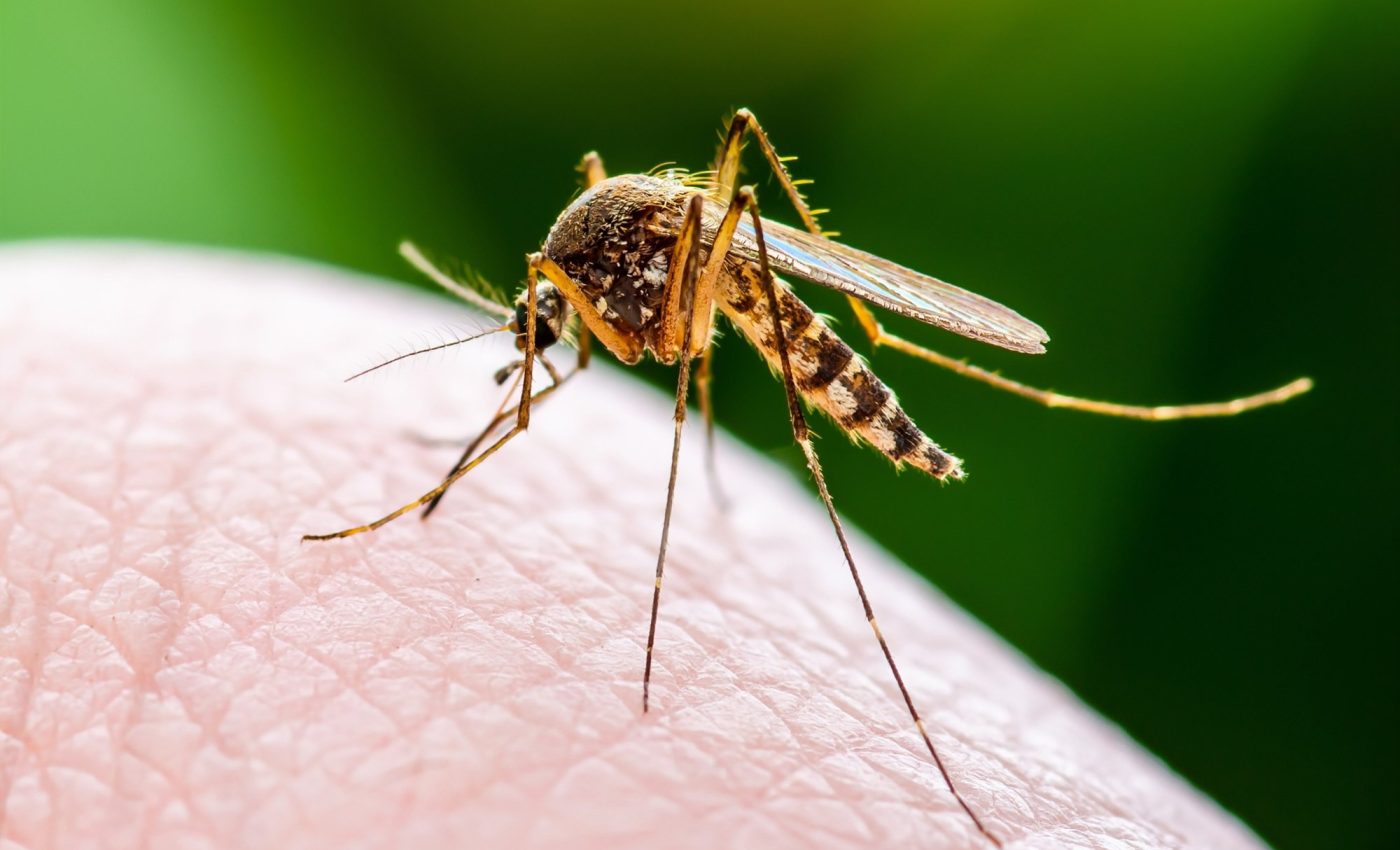
Subtle changes give a virus the ability to infect humans
The rise and decline of western equine encephalitis (WEE) as a lethal disease offers crucial insights into how pathogens can gain or lose the ability to jump from animals to humans.
A newly published study has unraveled the mechanisms through which the WEE virus infected humans and has linked changes in these mechanisms to the reduction in illness and deaths caused by the virus. These findings are significant for public health experts planning for future outbreaks.
The researchers, led by Professor Jonathan Abraham of the Blavatnik Institute at Harvard Medical School, encountered many unexpected findings.
Surprising changes in the WEE virus
“This was a real scientific detective story,” said Professor Abraham. “The virus kept surprising us and taught us some important lessons about how to study viruses.”
The researchers identified specific proteins on host cells that different WEE virus strains used to infect various animals, including horses, humans, and birds, over the last century.
The team discovered that changes in the viral genome led to the virus losing its ability to target proteins found in humans and horses while maintaining its ability to infect birds and reptiles.
These changes in the virus’s capacity to infect different host cells underscore the need to study viruses over time, across different regions, and in various host species to monitor potential outbreaks and emerging viruses.
How the virus infects host cells
WEE, a member of the alphavirus family, typically attaches a spike protein to a compatible receptor on a host cell to gain entry and cause infection.
The researchers created harmless replicas of different viral strains collected over time and tested their ability to infect host cells in lab dishes and mice.
The experts found that early, deadly strains of WEE could attach their spike proteins to multiple receptors on the brain cells of humans and horses, including proteins known as PCDH10 and VLDLR.
Humans are no longer targeted by the virus
Despite the virus still circulating between birds, mosquitoes, and other animals, the last significant human outbreak in the United States was in 1987, according to the Centers for Disease Control and Prevention (CDC).
Since then, only five cases have been identified. Recent strains of the virus isolated from mosquitoes in California in 2005 were found to be unable to recognize human receptors but could still interact with proteins found in birds.
The researchers propose that the virus may have evolved due to vaccination efforts for horses or simple antigenic drifting, where random mutations cause small changes in the viral genome over time.
Subtle shifts in the viral spike proteins
Based on the findings, the researchers hypothesized that the virus evolved due to reduced prevalence of horses, which can be vaccinated and no longer serve as effective amplifiers.
Alternatively, the virus may have undergone antigenic drifting, where random mutations cause minor changes in the viral genome, altering its interaction with hosts.
Subtle shifts in the viral spike proteins changed the cellular receptors it could target. This evolution in host receptors likely caused the virus to “submerge” as a human pathogen in North America. Understanding these dynamics is crucial for predicting potential re-emergence.
“We need to understand what happens to viruses when they submerge, to better prepare for when they re-emerge,” said first author Wanyu Li, a doctoral student at Harvard’s Kenneth C. Griffin Graduate School of Arts and Sciences.
The dynamic nature of viruses
The study revealed that certain old WEE strains behaved differently than expected. The researchers used the eastern equine encephalitis virus as a control in some experiments and found that an old strain of WEE could use the same receptor as the eastern virus, which newer WEE strains could not do.
This variability underscores the dynamic nature of viruses and the necessity of studying multiple strains to fully understand them.
Recent WEE outbreak in South America
As Abraham and his team conducted their experiments, a new outbreak of WEE occurred in South America, highlighting the importance of perpetual vigilance.
The South American strain of the virus is genetically distinct from the North American strain and does not persist long enough for migrating birds to transfer it between continents. However, the outbreak emphasizes the need for improved scientific understanding of these viruses.
Abraham and his collaborators are now investigating the strains associated with the recent outbreak in South America.
“One small shift in the viral genome, in the intensity of a rainy season that allows mosquitoes to proliferate, or in the place humans live or work, could trigger an outbreak. The more we know, the better we’ll be able to protect ourselves,” Abraham concluded.
The research is published in the journal Nature.
—–
Like what you read? Subscribe to our newsletter for engaging articles, exclusive content, and the latest updates.
Check us out on EarthSnap, a free app brought to you by Eric Ralls and Earth.com.
—–













